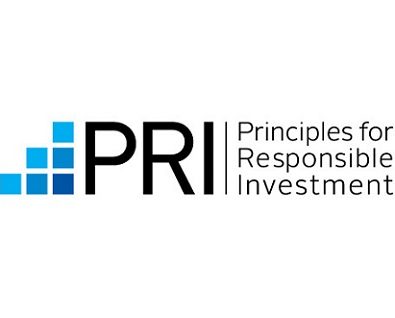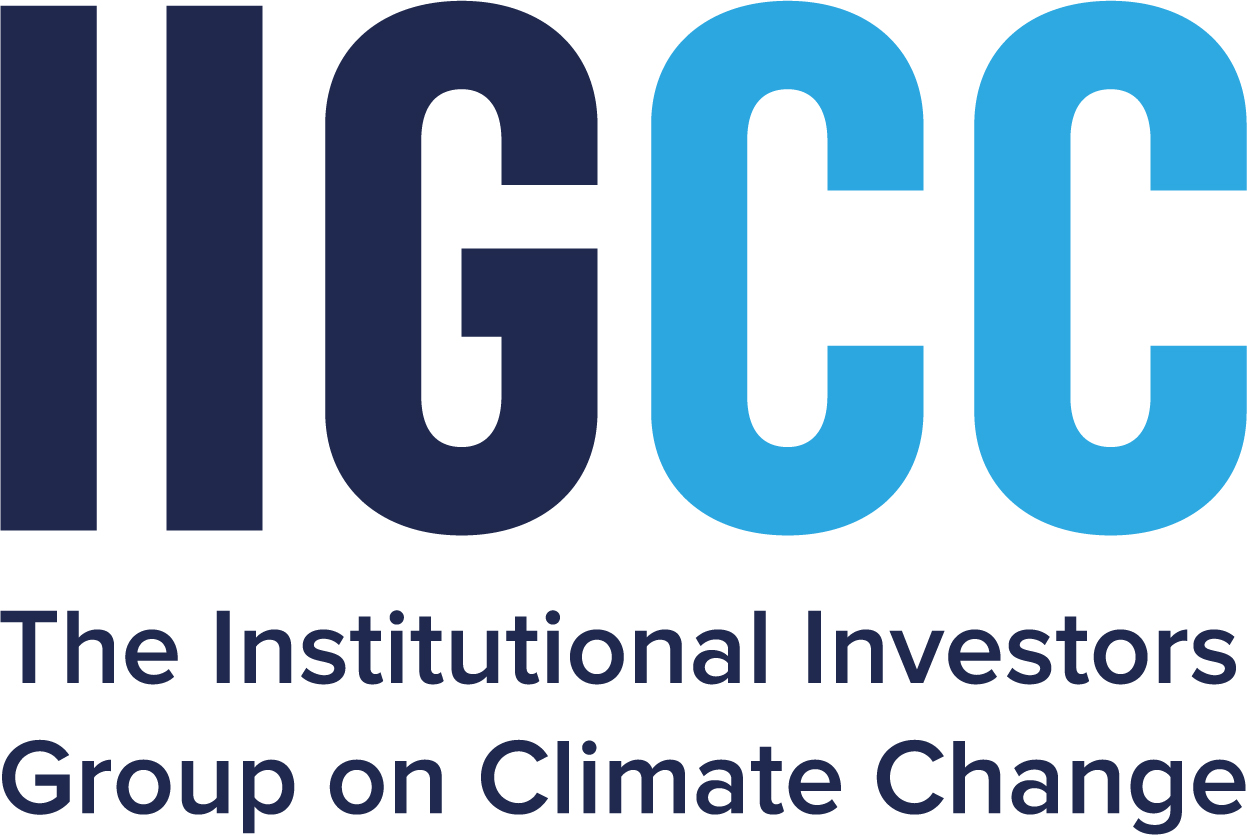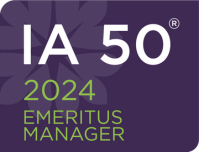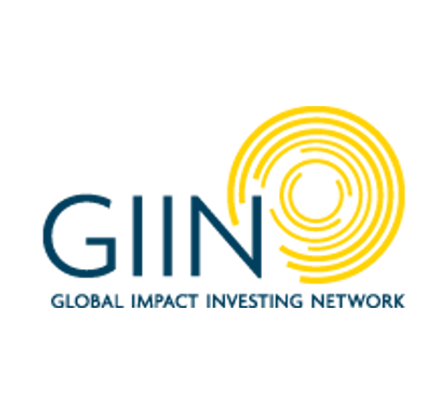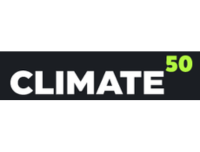Orange skylines, smoke-tinged air, emergency “go bags” packed—these are becoming all too familiar as extreme wildfires become regular occurrences amid the climate crisis. Today, we are living through Canada’s worst fire season in modern history, which has burned nearly 60 million acres and released 335 megatonnes of carbon dioxide emissions to date, with no signs of slowing down. As more than 1,000 blazes actively burned in Canada, the deadliest US fire in a century ripped through the island of Maui. As news of the destruction and loss of life in the Lahaina community emerged and hit the world stage, much like Paradise, California in 2018, it portended a harrowing and painful harbinger of what a potential future with increasingly destructive fires looks like, particularly for those located in the high-risk urban-wildland interface. The need to prevent catastrophic wildfires has never been so urgent, and expanding the use of prescribed burns, which have been used by Indigenous Tribes for millennia to manage fire-prone landscapes, will play a central role. While the ecological and wildfire mitigation benefits of prescribed burns are widely recognized, there are several challenges preventing their widespread adoption, from the fear of a fire escaping and causing a wildfire to limited workforce capacity and few weather windows when it is safe to burn. This paper highlights how new technologies in wildfire mitigation, vegetation management, and forestry can help overcome these barriers, and explores how a variety of innovative funding models could be harnessed to dramatically scale the ability to use prescribed burns safely and effectively in the future.


